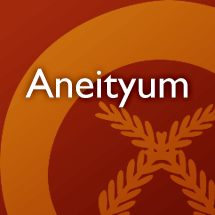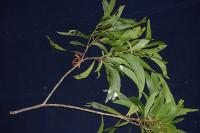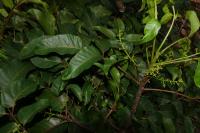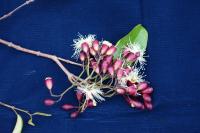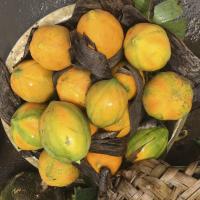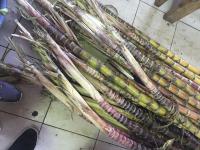An example search has returned 100 entries
-ko
affix yonder; away from
bookmarkanaclelen
n. forecast
bookmarkauhorohos
v. to weed; to clear land
bookmarkcauwan
n. tendrils; small branches
bookmarkeblaamnem
adj. adjacent
bookmarkeucte
v. to begin to blossom
bookmarkilihilo
adj. soft, as an infant’s foot, or new leaves.
bookmarkincispev
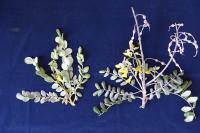
n. tree, 3 m tall (collection: Gregory M. Plunkett #3547)
Example: This plant is for medicine to treat a spiritual condition related to the coral snake that is the seawater spirit. When a woman is pregnant, some times she gets sick, so use this leaf with 2-3 other unspecified leaves and mash them together, squeeze the juice into a small cup (bamboo), wave around the woman’s body, and then put a few drops onto her head and body, then she drinks the rest. This will help heal her sickness. This treatment can be used for men who have a toothache from eating too much fish--the seawater spirit of the coral snake makes the tooth hurt. It is used in the same way as for a pregnant woman. If the pain from the toothache is really from the seawater spirit, then this will cure it; if not, it will not help.
bookmarkincowos
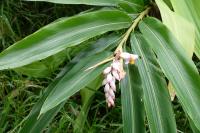
n. herb to 1. 5 m, flowers white with pink tips. Growing on sandy path along coastal walk to ute. (collection: Michael J. Balick #4989)
Example: The leaves of this plant are used to finish the ridge of the house roof. Lay the leaves horzontally on top of the roof, and the sides of the roof are thatched with palms or grass. Layer 10 leaves on top of each other to enable this part of the roof (known as nitjintiniom) to last for a long time--perhaps up to 6 years. If this is used on the top of a roof where there is a fire burning, such as a kitchen, and this leaf gets a lot of smoke, it can last much longer a the top of the roof--perhaps 10 years or more.
bookmarkindroumu
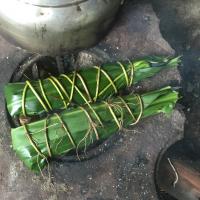
inhalav imtinjap
n. wind-related term; no definition provided. Possibly referring to "inhalav" ’child’.
bookmarkinhuturao
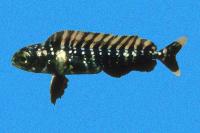
n. Common dolphinfish, mahi mahi
Example: Photo by Alex Kerstitch / Shorefishes of the Eastern Tropical Pacific, License: CC BY-SA 3.0 via Fishes of Australia
bookmarkinmaan
n. old coconut leaves
bookmarkinmadidi
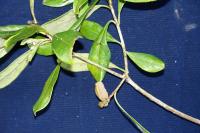
n. tree to 7 m, dbh 30 com (collection: Michael J. Balick #4870)
Example: This plant is used for spiritual purposes. When fruits are young, the children take the fruit, cut it open and take coconut leaf midribs, impaling the seeds on the midribs and painting themselves with the fruit.
bookmarkinmowad u pikad
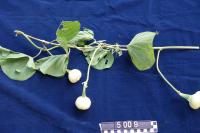
n. vine to 5 m tall in trees, fruits maturing yellow-brown. Growing in agroforest/secondary forest. (collection: Michael J. Balick #5009)
Example: People collect this vine and feed it to pigs. It also has an unspecified medicinal use. The vine of this plant forms a thick canopy so some people plant it around the house near trees that do not give much shade in order to reduce the intensity of the sun on the house and thus keep the temperature lower. The vine grows quickly into the trees.
bookmarkinpan
n. kind of banana
bookmarkintesjao
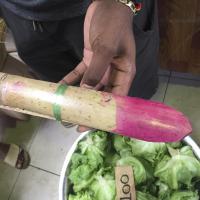
intop̃ asiej
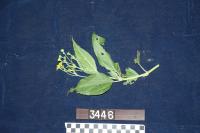
intowosjei
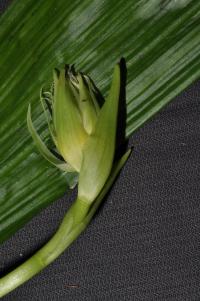
inwouasan
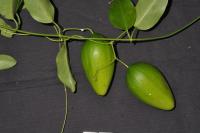
n. liana climbing on Syzygium, growing along ridge in dense rainforest. Latex white (collection: Gregory M. Plunkett #4079)
bookmarkinyaratmas
n. kind of plant, grass, or fern
bookmarkkalmapig
n. kind of banana
bookmarkkitlel
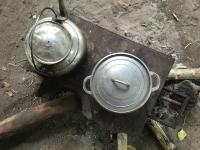
meto
adj. ripe; also "metto"
bookmarknaha
n. Crinum asiaticum; variation asiaticum L.
Example: from leaves taken internally as a laxative to treat ciguatera and against asthma
bookmarknahoai
n. a plant from which twine is made
bookmarknaipom̃yiv
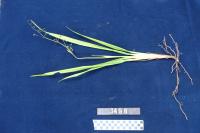
n. terrestrial plant, 60 cm tall (collection: Gregory M. Plunkett #3498)
Example: Children take a shoot of this plant and make a whistle from it. However, when children do this, they are told not to, as it will attract the rains, or a snake, that will hear the noise and come to the person. This is a folk belief. The base of the shoot of this plant is chewed and applied to fresh cuts as a styptic. Pull out top growth of plant that has not flowered and blow on it like a whistle. Ancestors used this as a whistle to attract snakes for edible – not today. Name means “balls or heaps of snakes” refer to their attraction.
bookmarknalak mideuc
n. kind of plantain
bookmarknalak u nije
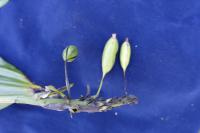
namarai
n. preserved breadfruit
bookmarknamlau
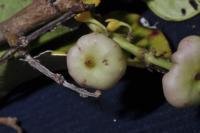
namniañia
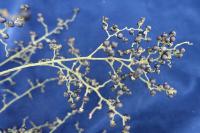
naop yi atmas
n. a small whirlwind
bookmarknapat
n. a cloud, blackness, darkness
bookmarknariko
n. bean
bookmarknatoga u inmeijcop
n. wind-related term; no definition provided
bookmarknecsap
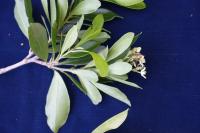
n. shrub to 2 m, flowers white. Red clay soil (collection: Michael J. Balick #4887)
Example: The stem makes a good digging stick to plant taro. Also branches of this tree are cut to tie the canoe to the outrigger. Used for the small sticks that sit at the base of the larger sticks that hold the outrigger (see photos).
bookmarknecñanman
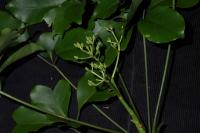
nedenc
n. stinging; the fruit of the kaleteug
bookmarknedjap
n. kind of tree
bookmarknedwonomo
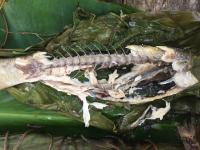
nefelelicai acen
n. hemlock
bookmarknefetgau
n. kind of sugarcane
bookmarknehivaing
nemla
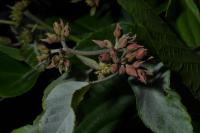
n. tree, 4 m tall (collection: Gregory M. Plunkett #4127)
Example: 1. This wood can be used to start a fire, where there are no matches. Two dried pieces of wood are rubbed vigorously together to create tinder. The tinder is then added to dried material in order to start a fire. 2. The wood of this plant is used as rafters in traditional houses.
bookmarknepya
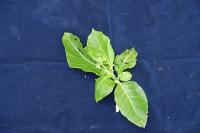
n. tree, 6 m tall (collection: Gregory M. Plunkett #3541)
Example: 1. The young leaves are placed under a pig being cooked in the earth oven, on top of stones, the fat drips on the leaves and then people eat the leaves with pig fat on it--said to be delicious. The branches are used to make pig pen fences. 2. Collect top branches, chop leaves boil and eat like island cabbage – or cook on charcoal and wrap fish w/ this leaf.
bookmarknerid u uncat
n. the tow of flax
bookmarknetemu or nidwumnumu
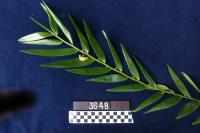
neudan tauoc nohos
n. the center sprout of the banana plant
bookmarknigirid

n. tree, 4 m tall (collection: Gregory M. Plunkett #3503)
Example: The leaves of this plant are used in cooking, particuarly with the earth oven. Use a fire to heat stones, then when the fire burns down and the stones are hot, pile these leaves on top of the hot stones and then place the food being cooked--taro, fish, pig, cassava, banana or other foods--on top of the leaves. Then pile more of these leaves on top of the food and then place additional hot stones on top of that pile of leaves. While the food is cooking--each type of food takes a different amount of time--the leaves give off a very nice smell and help flavor the food.
bookmarknigiti
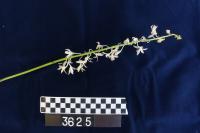
nijman
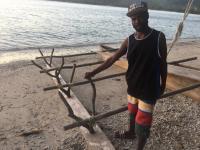
nipji nomu
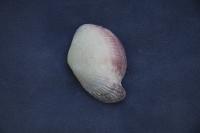
nirid unmu
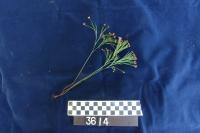
n. terrestrial fern, growing in primary rainforest. (collection: Gregory M. Plunkett #3614)
Example: People who go fishing take this plant along with other unspecified leaves, crush them and rub them on the fishing line that the person is using. This is said to attract more fish to the bait. It is also a "message plant" to be put in a person’s hat when they come back from fishing and then people know that they caught fish. Local name means "fish gill."
bookmarknisil
n. the center rib of the coconut leaflet; wire
bookmarknisvahaijom
n. tree from which petticoats or skirts are made
bookmarknocirasjau
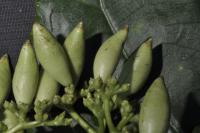
large tree, 13 m tall (collection: Gregory M. Plunkett #4052)
Example: 1. Considered to be a relative of textit{Morinda citrifolia}.
bookmarknohmun wai
n. bank (of a river)
bookmarknomotmot tucjup
n. kind of plant, grass, or fern
bookmarknop̃oe
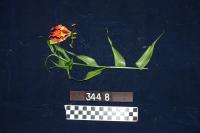
nop̃oi
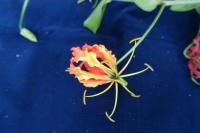
n. sprawling, vine-like herb (collection: Gregory M. Plunkett #3215)
Example: 1. The flower of this plant is used for decoration, for Christmas in particular, in church and home. 2. To attract a mate, put the flower in your hair. 3. This is the introduced one that is named after the wild type.
bookmarknuhialeg
n. the morning
bookmarknuhihialeg
n. the early morning
bookmarknuhlinevai
n. kind of banana
bookmarknup inceen
n. the rib of a leaf
bookmarkpudvel
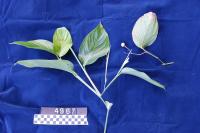
upuhasin
n. sprouts
bookmark